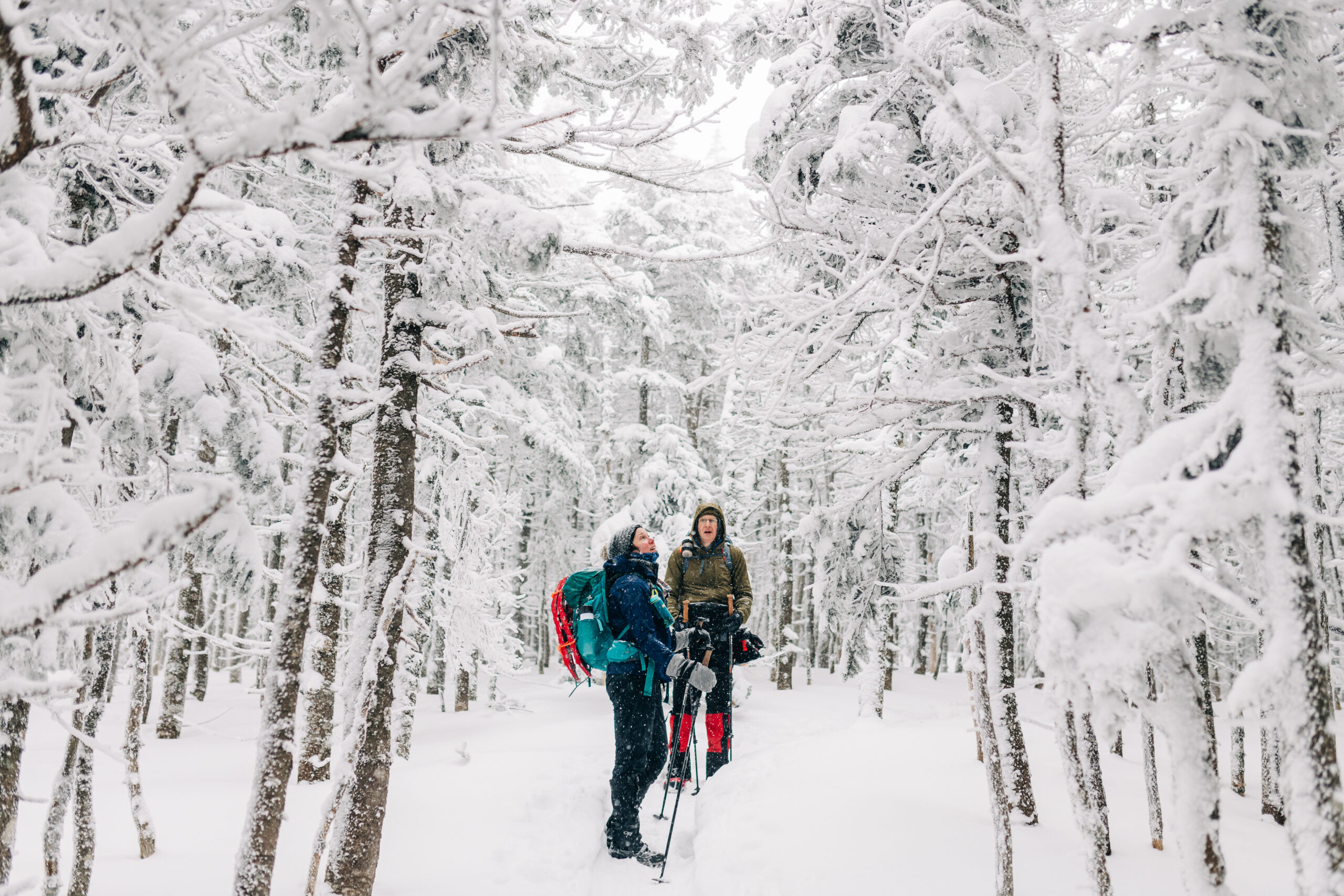AMC’s Winter Snow Report
Winter has arrived in the Northeast—and that means snow days! Inspired by our popular fall foliage tracker, AMC’s winter snow report provides weekly updates from Appalachian Mountain Club locations in Maine from January to March,…
Read More








